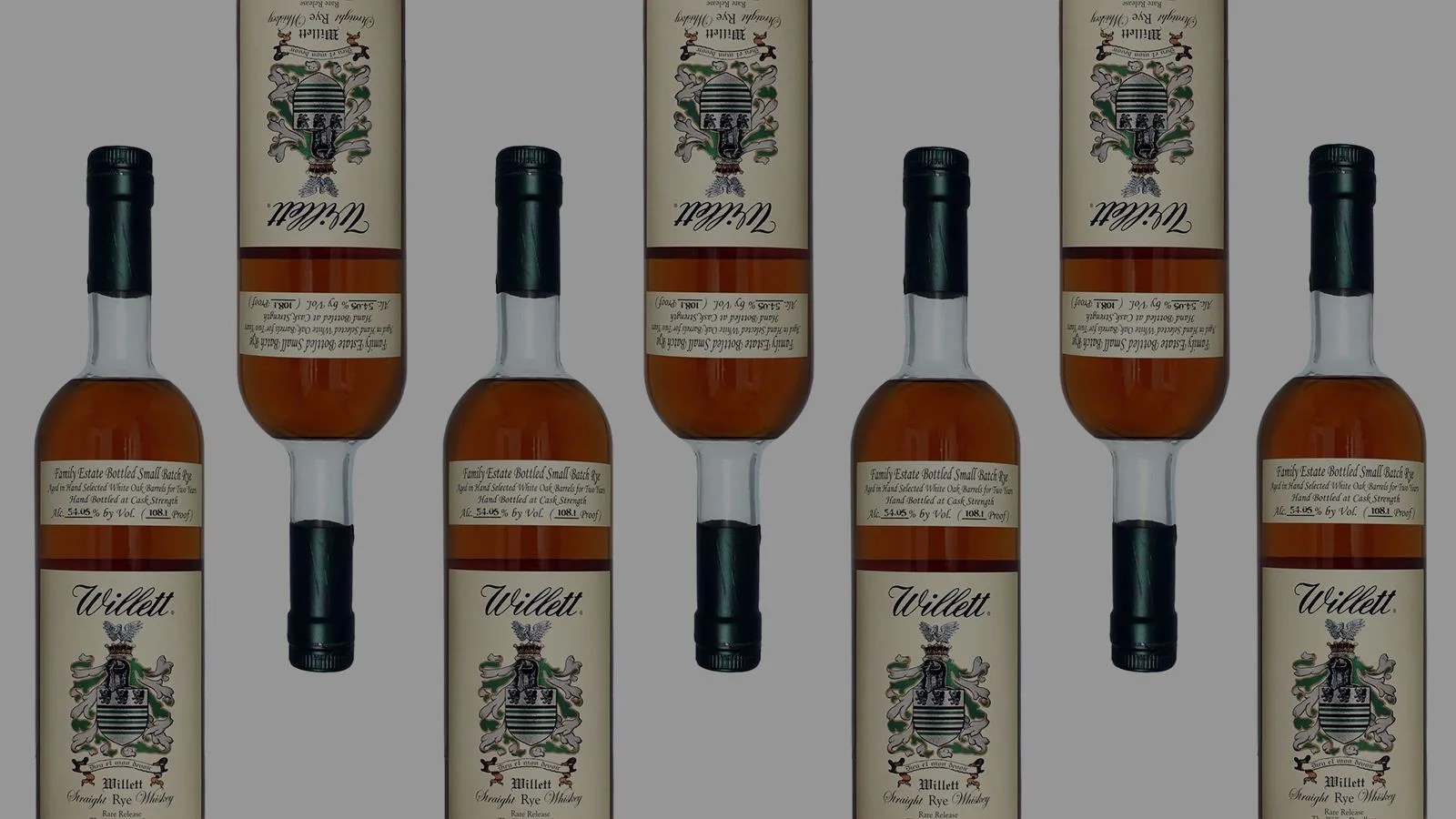The link between age and quality in whiskey has always been a touchy subject. The same goes for distilling versus producing — but we’ll get to that later. Older whiskey is considered better, at least up to a point, because it takes time for a barrel and the surrounding environment to work their magic on a spirit.
So why is a new, young rye that barely meets the legal age requirement to be called “Kentucky straight bourbon” worthy of praise — especially when compared to other excellent ryes that are more than twice as old and cost half as much?
For one, Willett Family Estate Small Batch 2 Year Rye is bottled at cask strength and delicious, crushing preconceptions of what’s possible from a mere 24 months of aging. It’s sweet, smooth and packed with notes of vanilla, mint, apples and even some orange. There’s a dryness that stems from its youth, but with none of the awful astringency that plagues most young pours.
Its existence also marks a momentous occasion in the world of American whiskey, reconnecting decades of bourbon distilling heritage to an incredibly bright future — one directed by family traditions and a respect for the craft, rather than the shareholders of a global corporation.

Though the original Willett Distillery was founded in 1936 shortly after the repeal of Prohibition, no whiskey was distilled on the property from 1976 to 2011. A declining bourbon market and the gas crisis of the late ’70s led the family to convert the facility for ethanol production. North America’s eventual recovery ended production at Willett for good.
